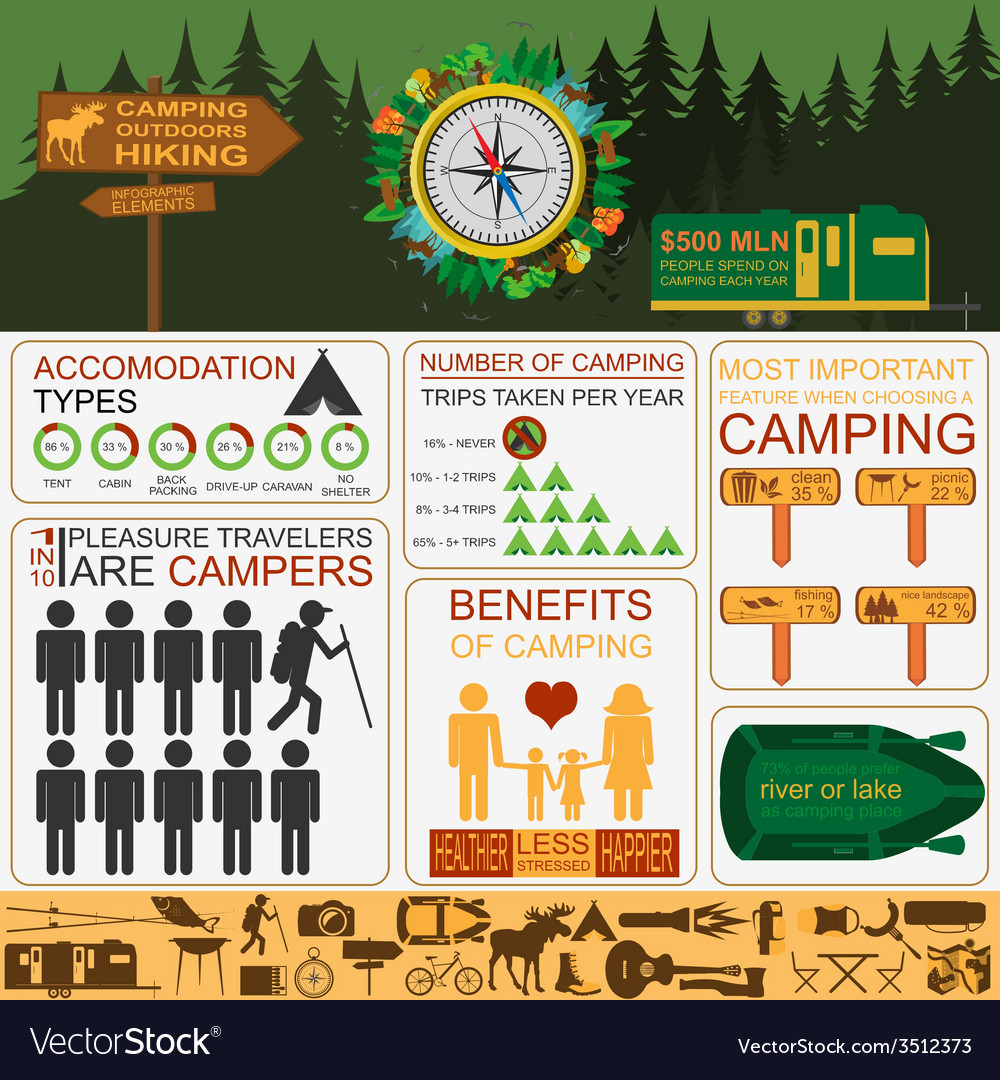Angles play an important role in construction. They affect stability, stamina, functionality, and also aesthetic appeals. Home builders utilize various types of angles for structures, foundations, building and construction materials, and much more.
From famous bridges like the Golden Gate Bridge to everyday commercial storage facilities, steel angle bars are an essential part of many steel structures. Their toughness and strength make them an excellent material for sustaining heavy loads and standing up to ecological difficulties.
Toughness
In the building and construction industry, 90 level angles are vital for keeping structures strong and secure. They can be located in numerous tasks, including structures and structural frames. They additionally assist distribute the weight of a building evenly and prevent changes or splitting.
In commercial buildings, steel angle is frequently utilized to connect or reinforce steel stud framework. Its toughness suggests it can withstand hefty lots and last for several years, making it a preferred option in industrial workshops.
Furthermore, the flexibility of steel angle enables it to fit into a range of building layouts. This flexibility is improved by its vast selection of sizes and densities, which enable architects and designers to personalize their structures. Rounded edges likewise lower stress and anxiety focus and improve twisting strength, specifically in end-notched beam of lights. This enables them to be included right into larger structures, like roof covering trusses, without compromising their integrity. The synthesis of robust stamina and versatility makes steel angle an invaluable asset for constructing large, complicated structure frameworks.
Longevity
Structural security is important to the durability of doors and windows, ensuring that they can endure ecological anxieties gradually. Making use of welds and firm joints, along with enhanced corners, assists lessen the threat of failing and decreases maintenance prices.
The 90 degree angle is a staple in building tasks due to its capacity to offer security and toughness. Nevertheless, engineers likewise make use of other kinds of angles in their layouts to accomplish particular objectives. As an example, curved inside corners enhance architectural security in stone frameworks by dispersing anxiety evenly.
Various other applications of the L-angle consist of constructing bordering and yard and landscape elements. The durability of these pieces permits them to stand up to the elements and produce defined borders in gardens and walkways. They are additionally an appealing choice to bulkier materials and can match the all-natural forms of outdoor rooms. Finally, the durability of steel angle sustains environment-friendly building techniques by decreasing resource consumption and extending the life of buildings.
Adaptability
The right tent angle is a crucial piece in the structure of lots of all-natural and manufactured frameworks. The ideal angles are discovered in squares, rectangular shapes and triangulars and aid the forms hold their toughness and security. Designers rely on the right angle to develop and create buildings, bridges and other structures.
Flexibility is the capability to relocate several joints via a series of activity without injury. As opposed to more general or systemic fitness components, flexibility is highly specific to individual joints and may vary significantly between individuals. This makes it hard to develop an organization between a particular versatility test and health outcomes in youth.
This phase presents a summary of what is presently understood about the connection in between versatile motions and health results in young people. It reviews physiology that underlies the connection between versatility and wellness, and evaluates frequently used versatility examinations. The chapter likewise takes a look at the staminas and restrictions of existing data regarding these partnerships.
Visual appeals
Whether you use an edge for a shelf or as a place to present your collection, the angle shapes just how it's regarded. Curves stimulate softness and approachability while angles bring framework and power. When utilized together, rounded and angular designs develop a harmonious balance that really feels modern and sophisticated.
Scientific research study shows that people like rounded edges, even when they're not consciously aware of it. They're simpler on the eyes and lower tension by decreasing cortisol degrees in the brain. Researchers think this is because sharp angles activate the amygdala, activating a risk action comparable to that of thorns or claws.
Spherical forms are likewise a pattern in interior design, and they're anticipated to remain to control the electronic world. Anticipate squircles and swung sides to end up being a lot more famous in UI/UX and in home style, in addition to AI-driven tools that optimize edges based upon individual behavior (16 ). Over time, they'll offer stability while preserving sophistication, elegance and approachability.
